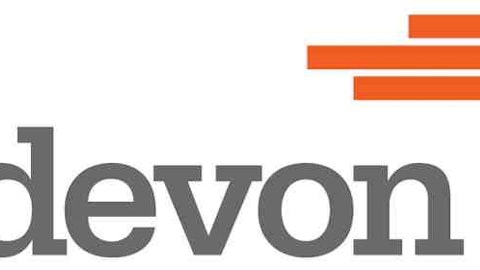Earlier last month, the Energy Department approved a second LNG export terminal — this time in Texas. The Freeport LNG terminal is 50% owned by ConocoPhillips (NYSE:COP), and will be able to export up to 1.4 billion cubic feet of LNG per day. Other owners of the terminal include The Dow Chemical Company (NYSE:DOW) and Osaka Gas.
Department of Natural Resources Commissioner Dan Sullivan also recommended that Alaska export terminals should be considered. He stated that, “You have essentially zero resource risk — that is huge,” referring to the State’s plentiful supply of natural gas and the fact that it is already being produced, as well as the fact that unlike the lower 48 states, Alaska can export directly to customers such as those in East Asia without the “choke points” that are a result of having to go through riskier places such as the Panama Canal.
This would benefit Conoco even more, because it is part of a group effort with other oil majors dedicated to invest over $1 billion over the next five years in Alaska’s North Slope. Alaskan tax reform relating to oil was a big incentive for the decision. Conoco owns 36% of the Prudhoe Bay field.
Conoco also has plans with BP plc (ADR) (NYSE:BP) and Exxon Mobil Corporation (NYSE:XOM) to bring gas from the North slope to the southern Alaskan coast, in order to hopefully one day be able to export it in the form of liquefied natural gas.
And now back to Exelon…
So, how will the exporting of natural gas affect Exelon? This is yet to be known, and exporting may take a long time to get started — and that’s assuming more terminals get approved. One report commissioned by the Department of Energy done by the Energy Information Administration on prices expects natural gas prices to increase between 3% and 9% if exports pick up, with a 1% to 3% rise in utility bills for residential consumers.
It doesn’t look like increasing natural gas prices are going to be Exelon’s savior any time soon, so looking at the company currently, things look like they may continue to be a little rough.

Exelon’s financial condition isn’t ideal, but despite the increasing long-term debt, the company has managed to drop its debt/equity ratio over the years. While nobody likes to see a dividend cut, in Exelon’s case, it will give the beaten-down utility more financial flexibility to hopefully clean up its balance sheet and find a way to increase profitability — as well as avoid a credit downgrade.

Increased revenue is matched with a huge drop in earnings. The good news, however, is that earnings are supposed to pick up going forward, and with annual EPS estimates of $2.49, the company is trading at around 13.5 times forward earnings.
The bottom line
Purchasing shares of Exelon today carries more risk than a traditional utility stock. The safety and high-yield usually associated with utilities simply isn’t there. Buy Exelon if you believe in the company’s turnaround story.




